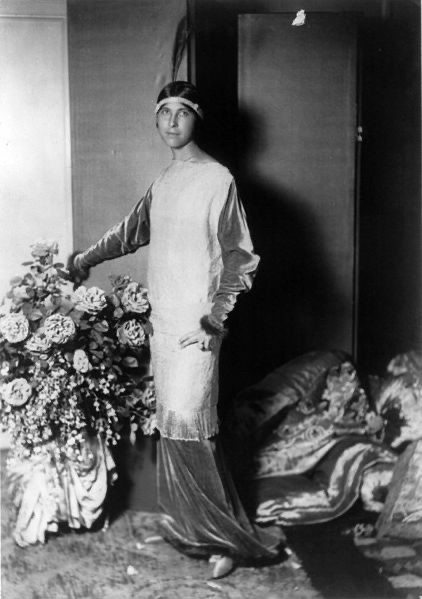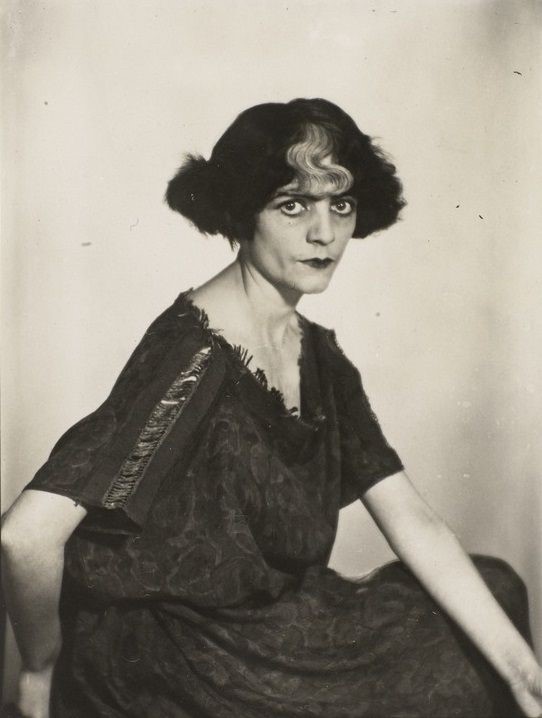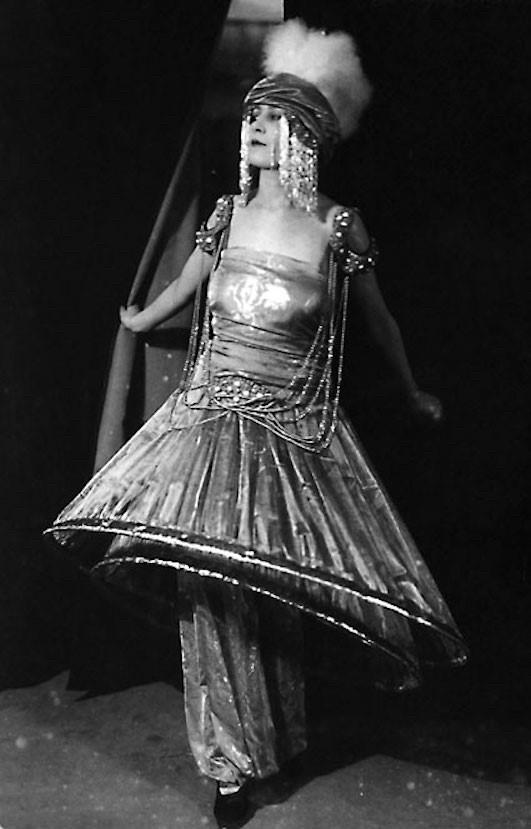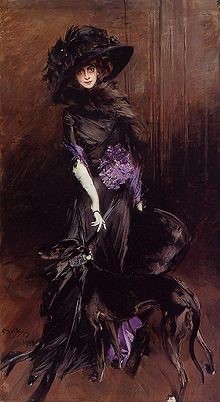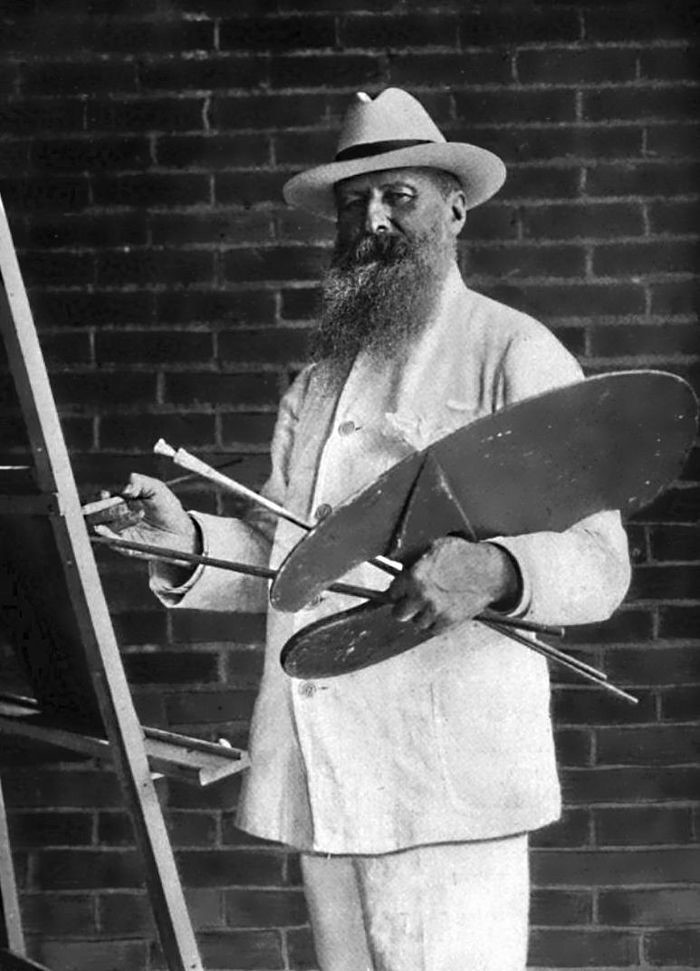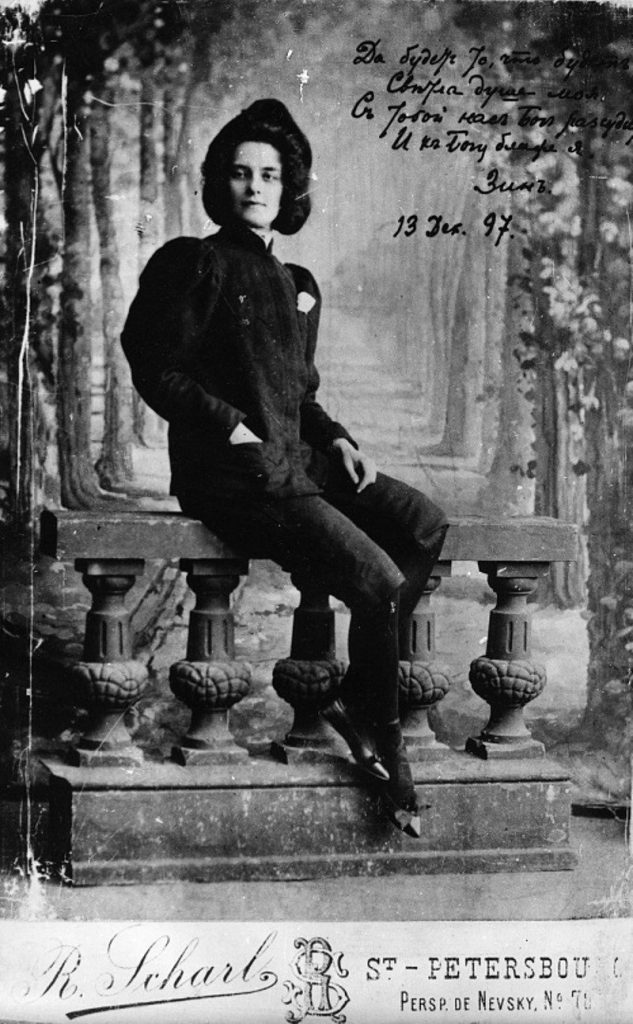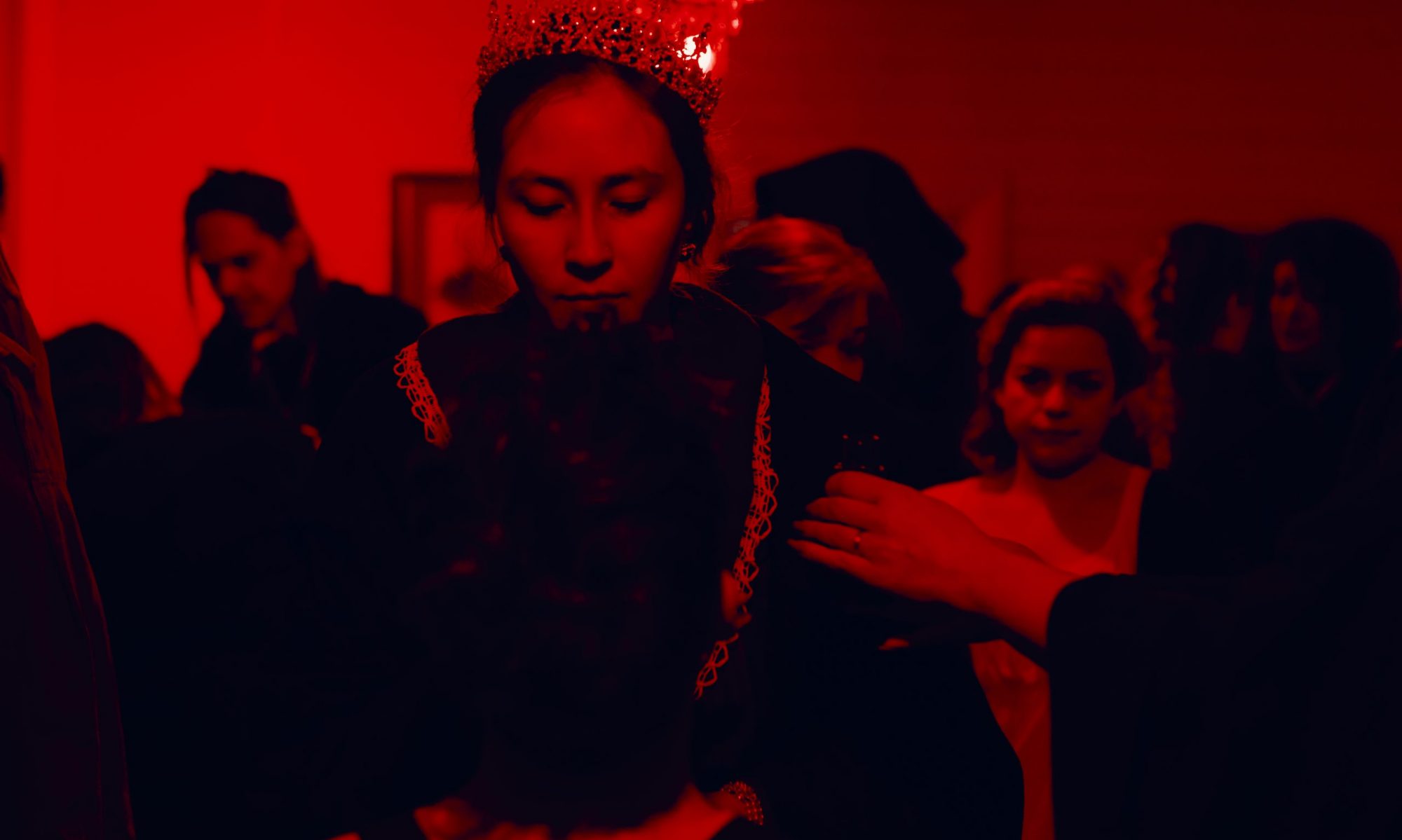We have designed the costume instructions with two goals in mind: We want to make the larp easy to approach for those who don’t have the time, resources or inclination to put in a massive amount of effort into costuming, but we also want to make it possible for those who do to have fun with it.
The general aesthetics of the larp can accommodate both approaches.
General Instructions
Members and newcomers have different instructions. If you don’t remember your character’s status, you’ll find it here!
Members should dress in simple, somber clothes. Newcomers arrive in their ordinary clothes as aristocrats, artists, revolutionaries and so on of early 20th century Imperial Russia. During the larp, as newcomers are initiated into the Followers, their dress will change.
Newcomers can bring two sets of clothes: the ones the character would usually wear, and another, more simple, possibly darker set to be worn after initiation. The second set is more in accordance with the guidelines for members of the sect.
If you don’t want to bring two complete sets, you can change only part of the dress. For example, you could change your white blouse to a dark one or take off your uniform jacket.
The larp provides simple robes that can be worn on top of other clothes. The robes are open in the front and you need to wear other clothes under them. (Unless you’re playing in a scene where you’re deliberately only partially dressed.) The robes are used principally in the rituals and to symbolize transitions in status. It’s helpful if you can take off the robe and put it back on as the situation warrants.
This larp is not primarily concerned with absolute historical fidelity. This means that if you have cool clothes you think would fit your Russian aristocrat but are a decade off, that’s fine. Similarly, the costume guidelines for the members of the sect have been created to make it easy to prop for the larp while allowing for individual player expression.
Instructions are given for female and male characters. If your character is neither, you can choose or mix, whichever suits your character best. If your character likes to cross-dress, make it obvious either with your costume or with your playing that this is the case!
We will mostly be playing inside. Because of the venue, inside you should wear either inside shoes or go without shoes. If you want to play outside, bring something warm as well as suitable shoes.
Practical Considerations
You should dress so that you’ll be comfortable doing the following actions:
- Kneel.
- Stand.
- Climb stairs.
- Sit at a table.
- Hug another player.
You may also wish to:
- Dress and undress.
- Pretend to have sex, i.e. dry hump.
- Walk briskly.
- Throw yourself onto the floor in spiritual anguish.
- Scream and shout as Christ the Redeemer animates you.
Consider whether you want to dress to undress. This means wearing layers that you can remove and put back on as the situation warrants. Nobody is required to undress but in case you think you’d enjoy this kind of play, you can prepare for it. This also extends to how time-consuming it is to put on your costume.
If you love costuming – Feel free to have different clothes for different days and make your costume so that it works as you remove or add layers. You may even consider period underwear!
If you hate costuming – Devout members and aspiring members of the cult dress somberly. You can have one costume that you use through the larp, and make good use of the robe we provide. You can still dress and undress through the larp, especially if you have unobtrusive or timeless underwear. Experience has shown that in larp scenes where this might happen, people are not overly critical of each other’s costume choices.
Members
If your character is a member but still somewhat worldly, you can incorporate accessories or clothing elements from the style of the era.
Simple, sombre clothes made of a natural fabric. Think in terms of peasants at church a hundred years ago. Go for darker colours rather than bright. If your character is extremely devout, you can go all black.
Female characters: simple dress or a blouse and a skirt
Male characters: shirt and trousers or a black, straight robe
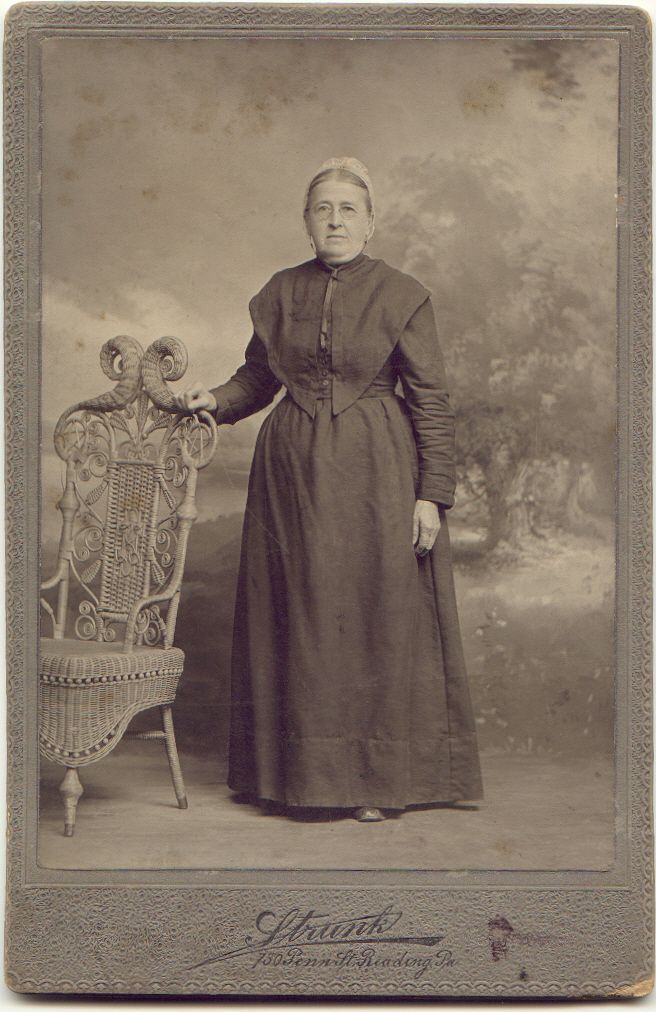
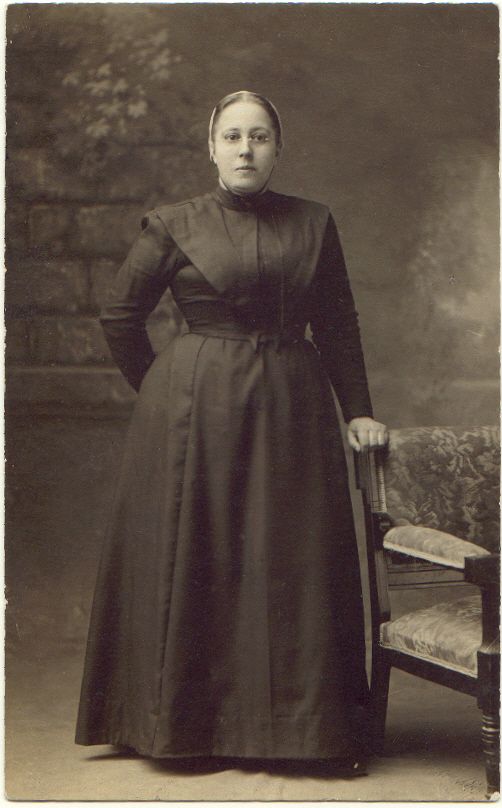

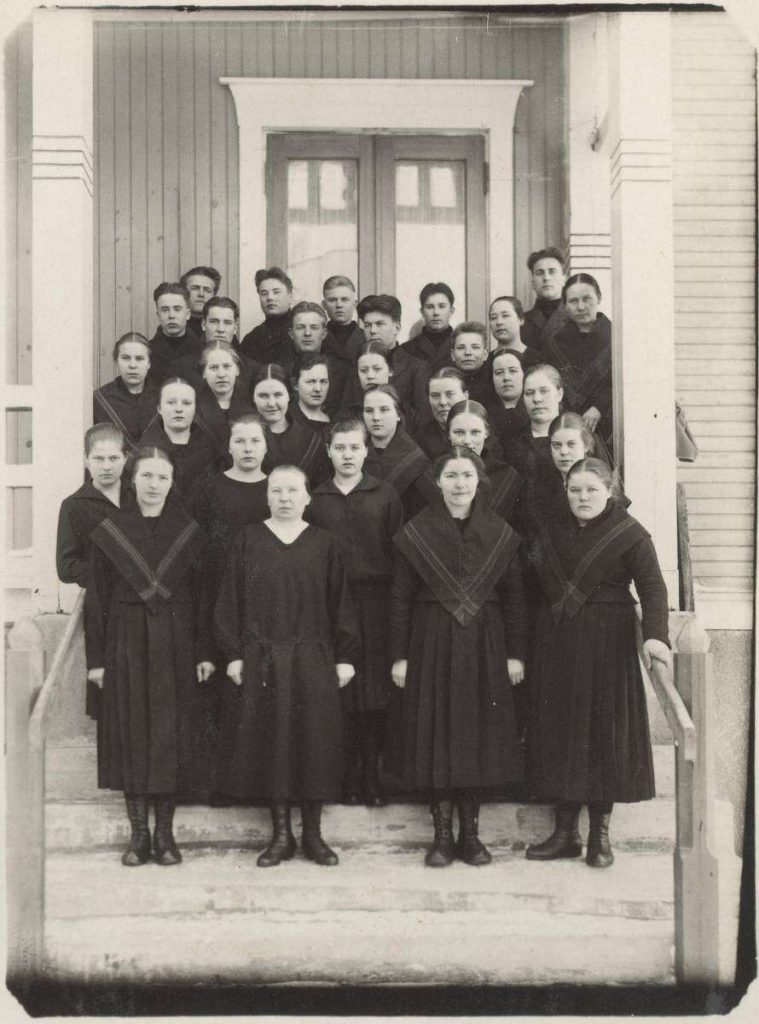
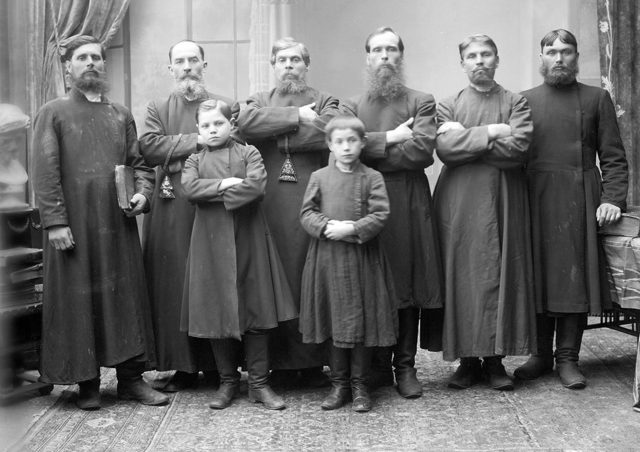
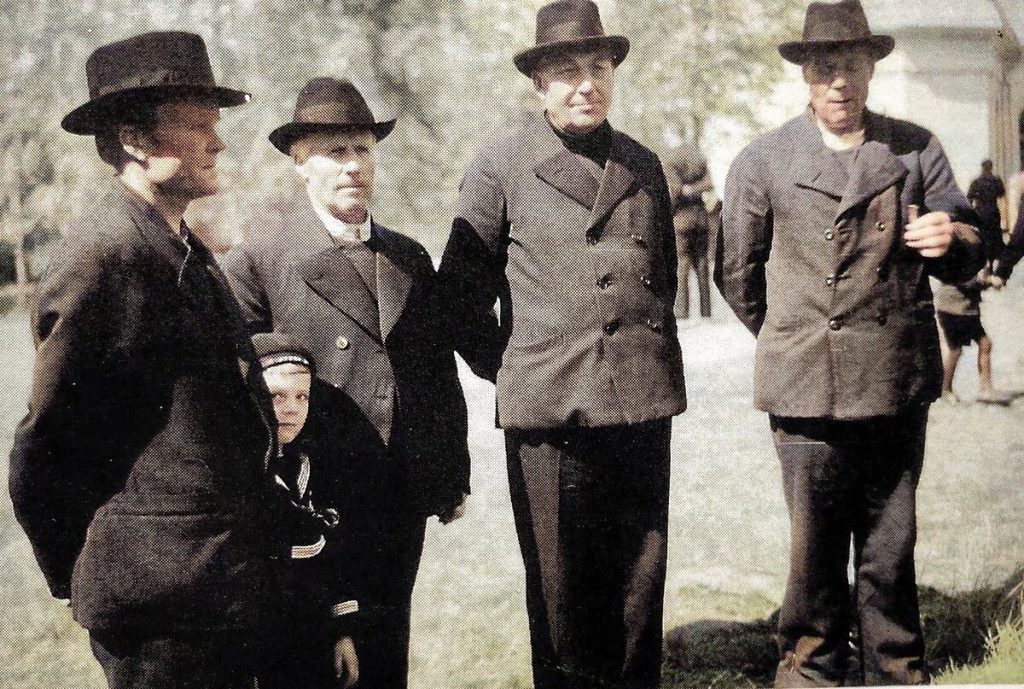
PEASANTS, FACTORY WORKERS, SERVANTS
Your character probably has one set of work clothes and another one for Sundays and important events. You can choose which one they would wear for this event.
Women:
A long skirt, usually black, and a blouse, which could be either black or light colour.
Servants might have their uniforms which were usually black and white.
Women would often wear a scarf especially if they were married. Colourful scarfs were used as a part of the better outfit.
Many would wear corsets also in factories.
The better outfit was often a traditional Russian long dress with a light-coloured blouse under it.
Men:
Trousers and a shirt.
Factory workers would mostly wear dark colours while peasants could go for a long black shirt or white traditional Russian shirt and dark trousers tucked inside the boots.
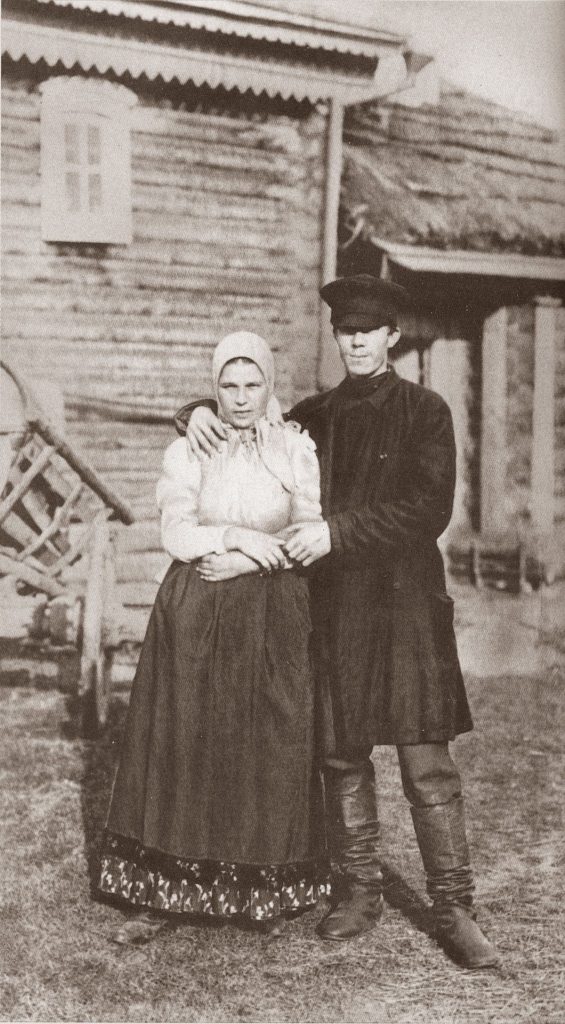
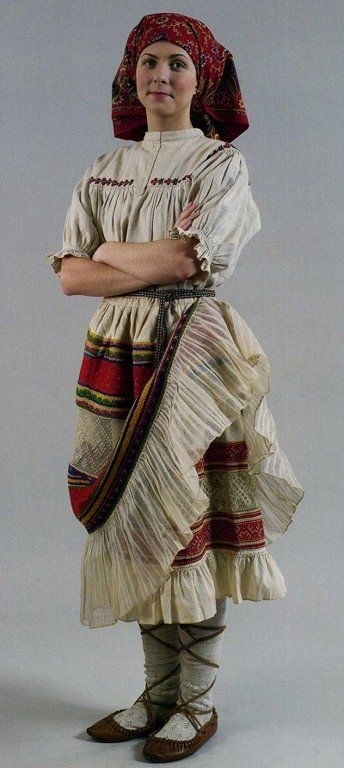
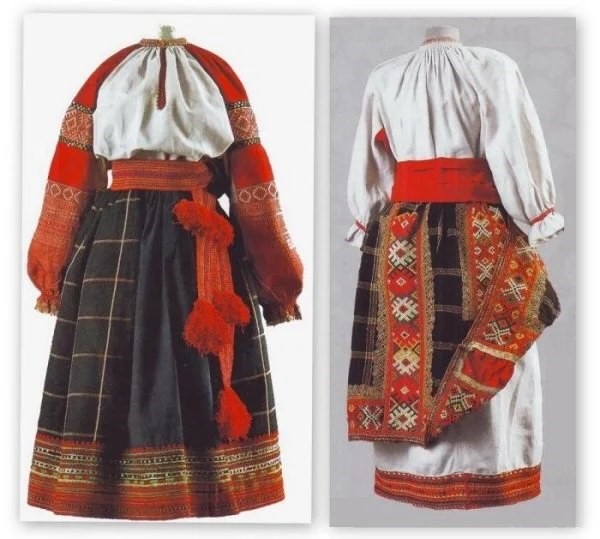
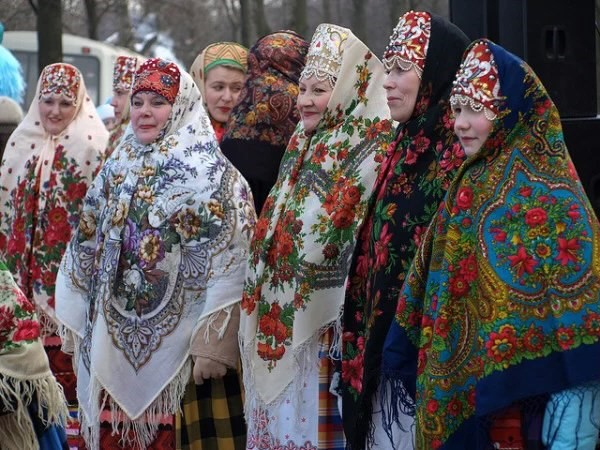
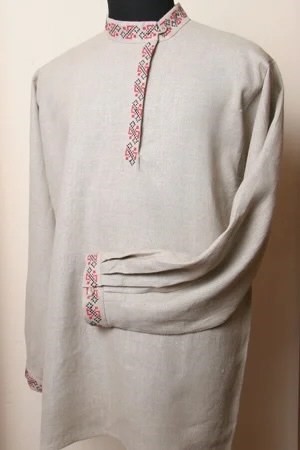
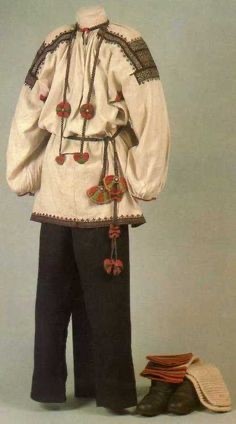
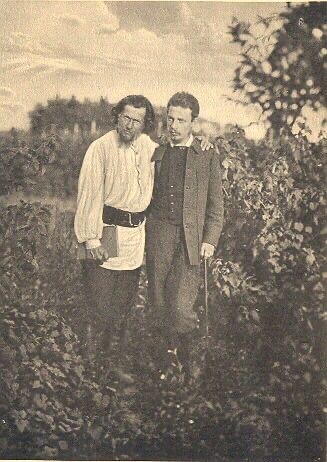
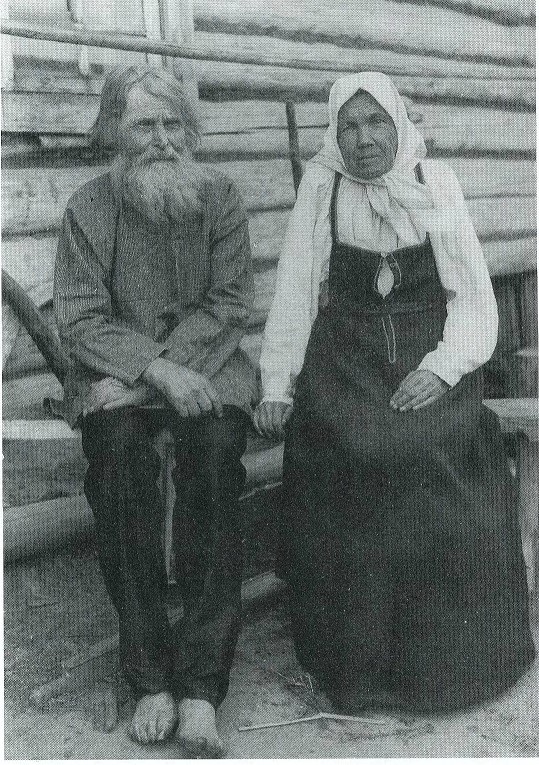
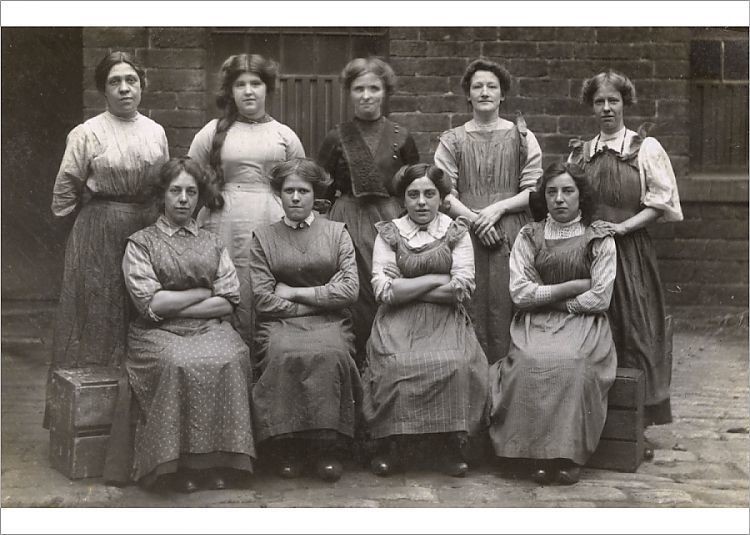
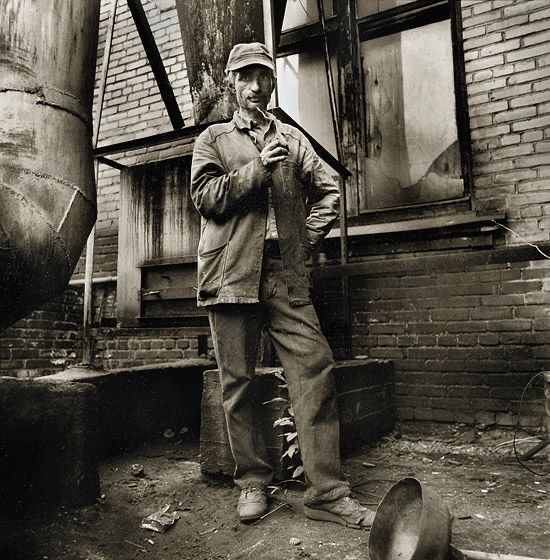
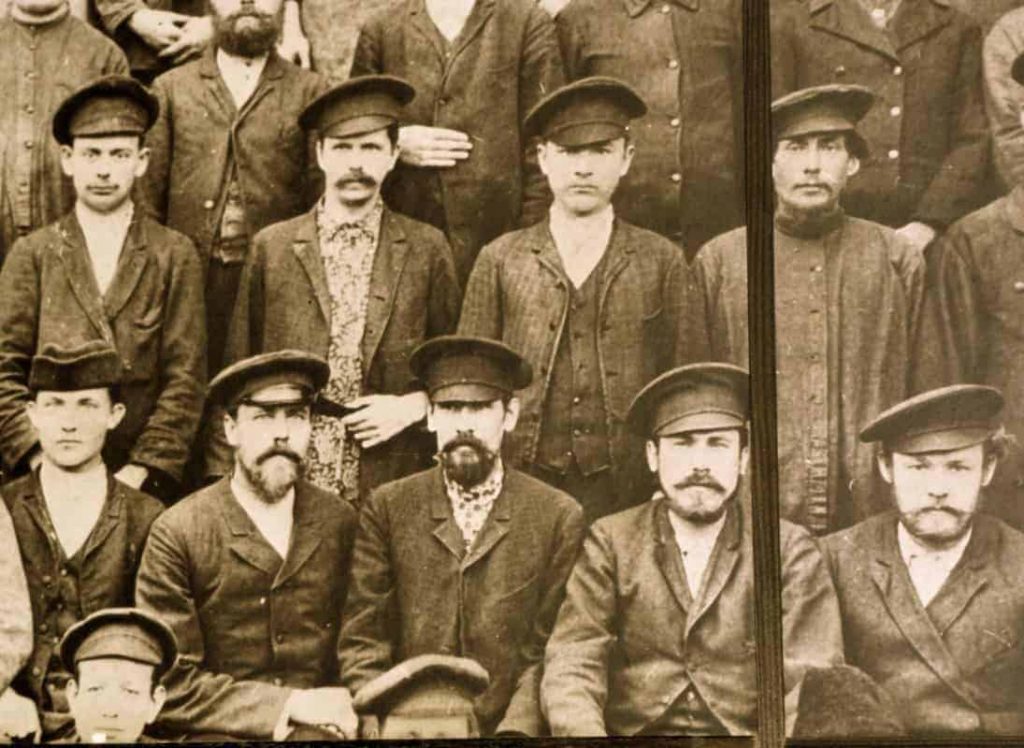
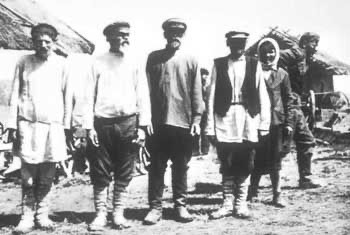
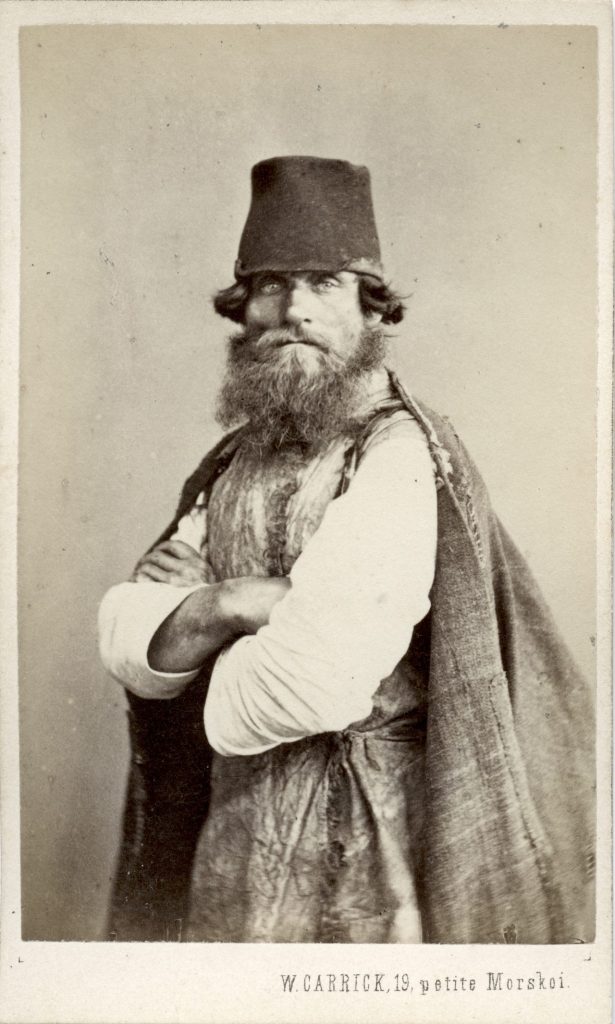
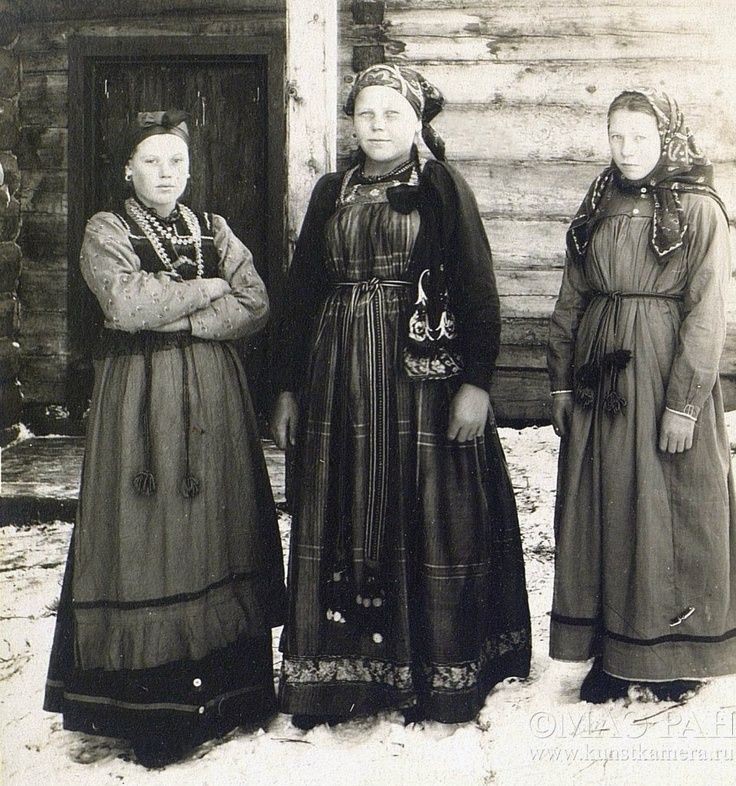

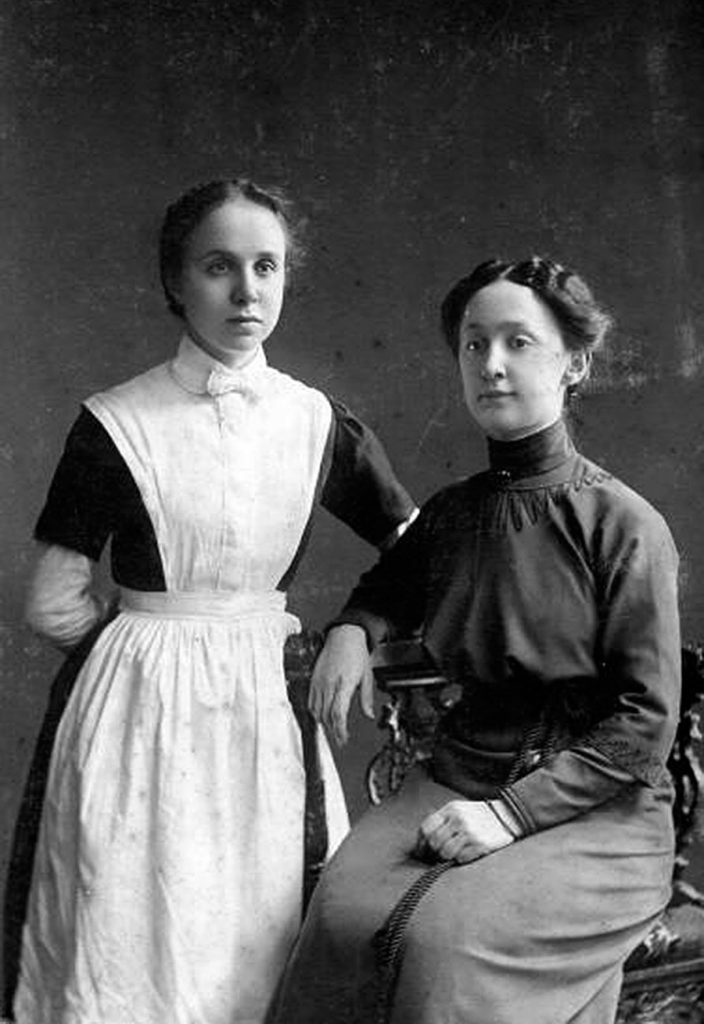
MIDDLE CLASS
Women:
A long dress, usually of light colour. Older women and those working in the academia sometimes chose to go all black. One or two pieces.
Men:
A three-piece suit in dark colour was a common choice.
If your character is very traditional or interested in their Russian roots, you can include some characteristics from traditional Russian clothing such as scarfs or geometric embroidery in red and black (see above, peasant clothing).
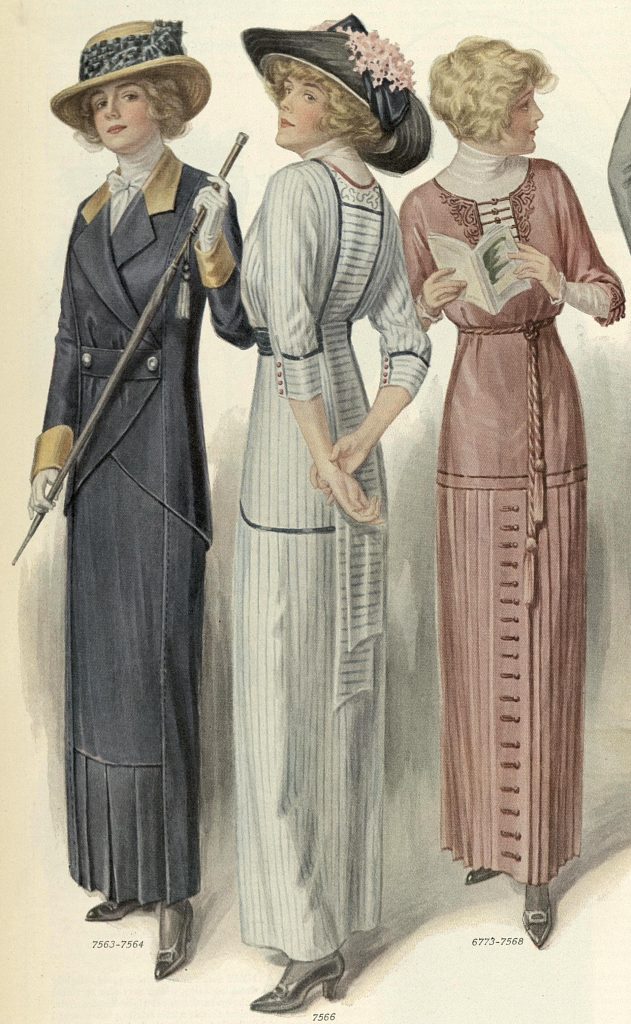
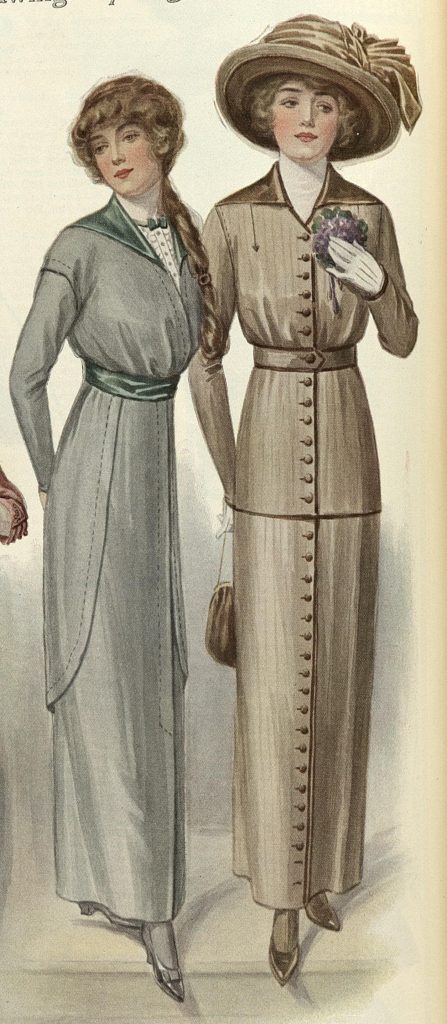
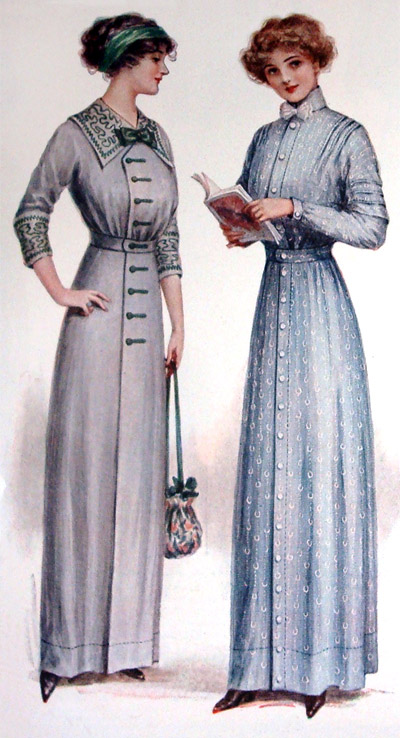

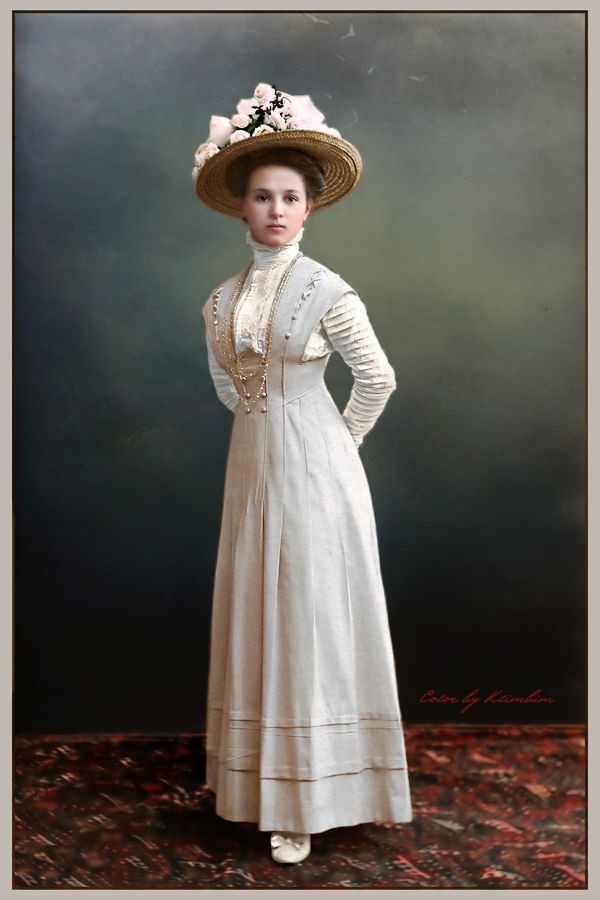
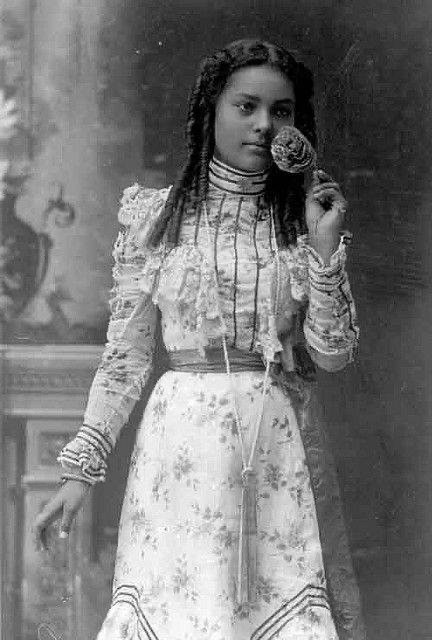
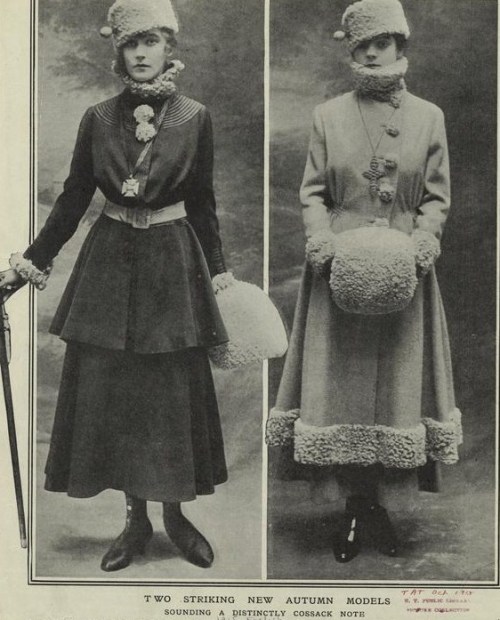
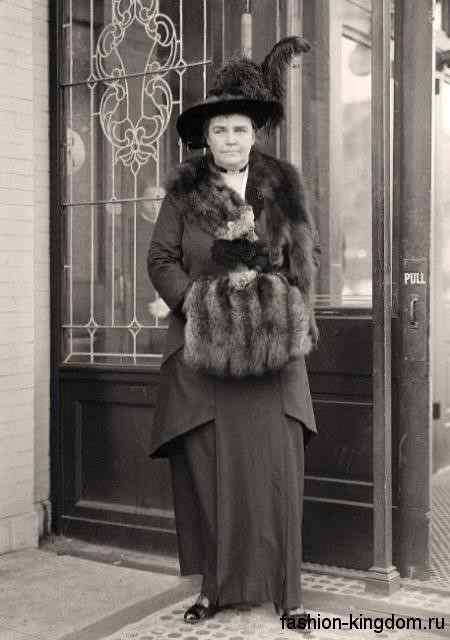
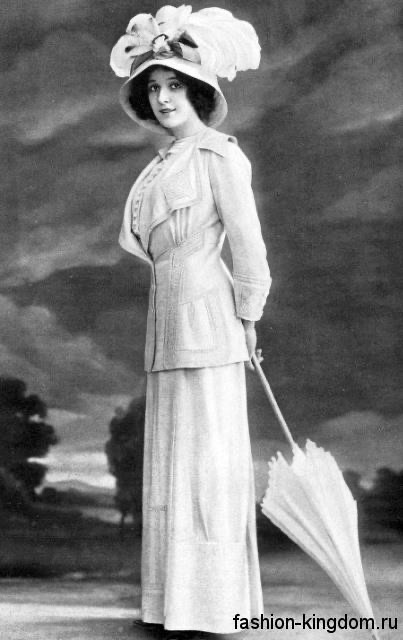
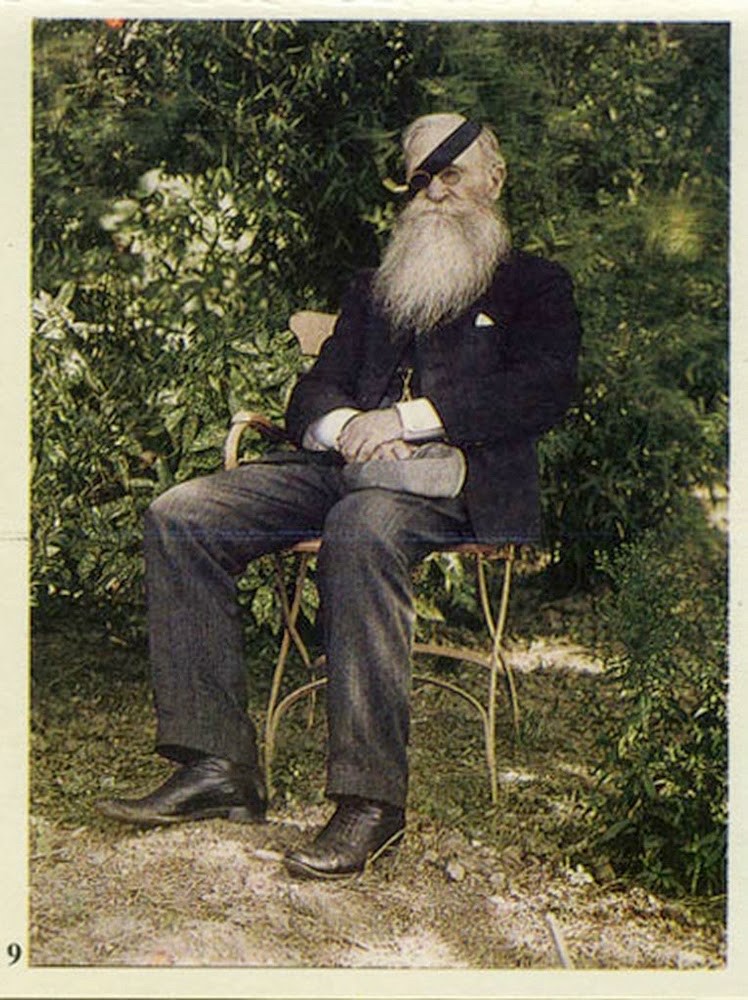
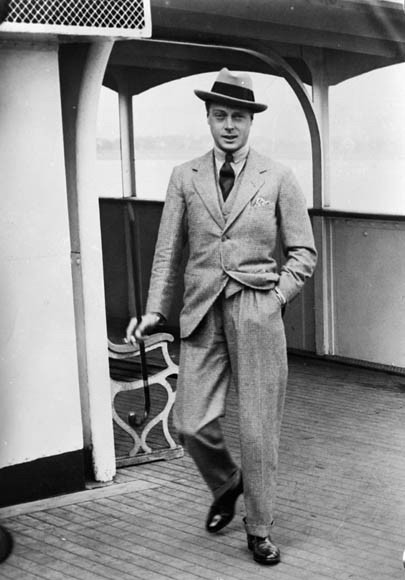
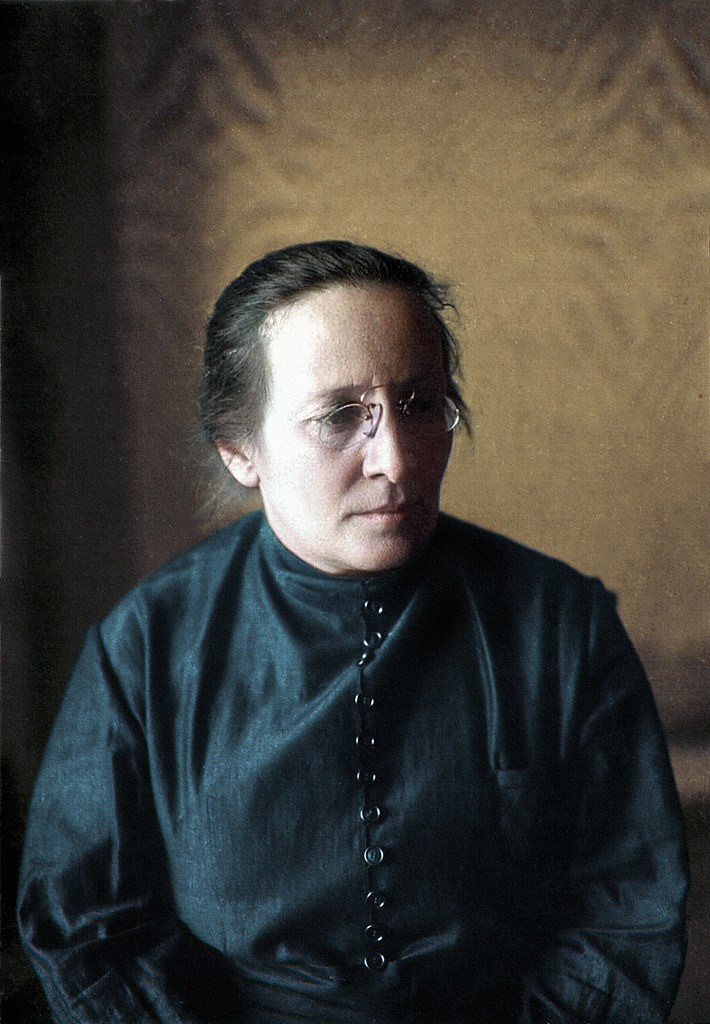
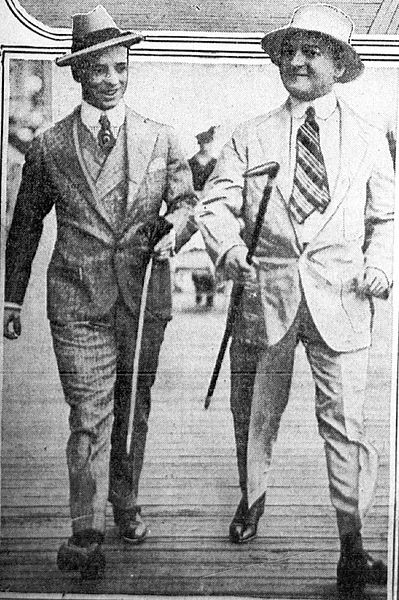
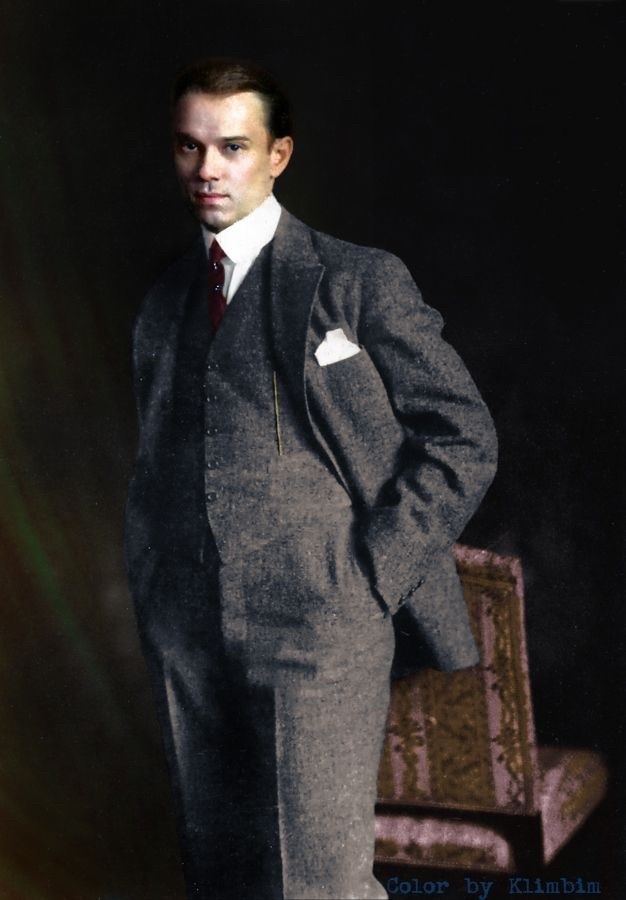
SOLDIERS AND PRIESTS
If your character is a soldier you can choose either to wear a uniform or normal clothes. If you choose a uniform, leave most of the decorations out. Like you’d go have dinner with friends, not like going to a parade.
That said, some Russian uniforms of the era were ridiculously decorative even without any medals. You are welcome to use those!
Priests and self claimed priests can wear a traditional Orthodox uniform if they so choose.
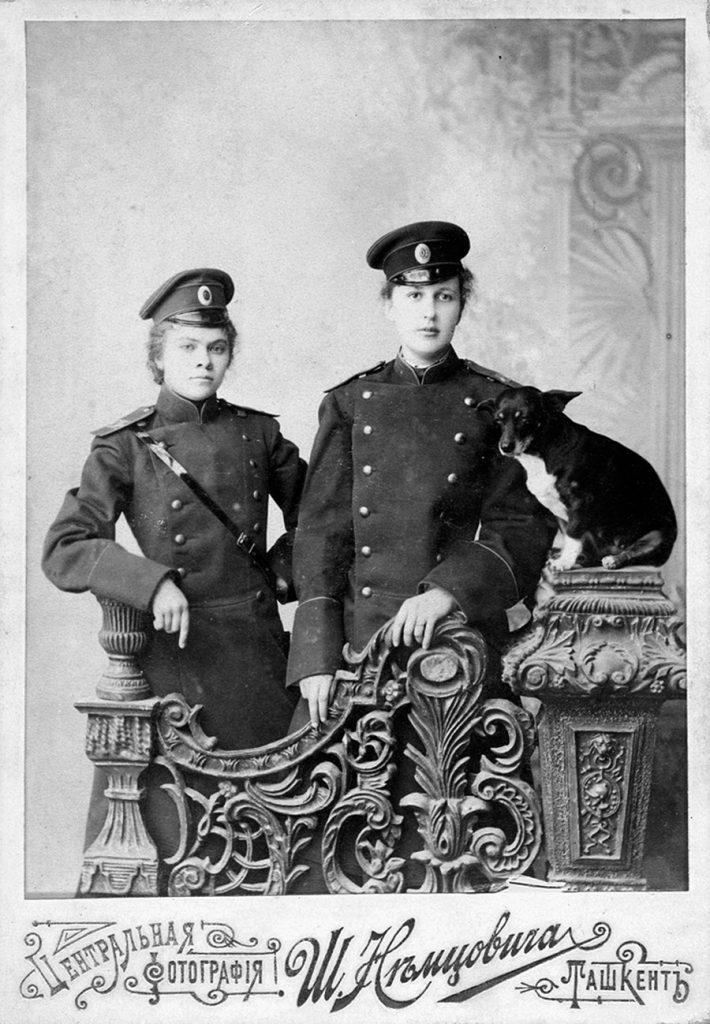


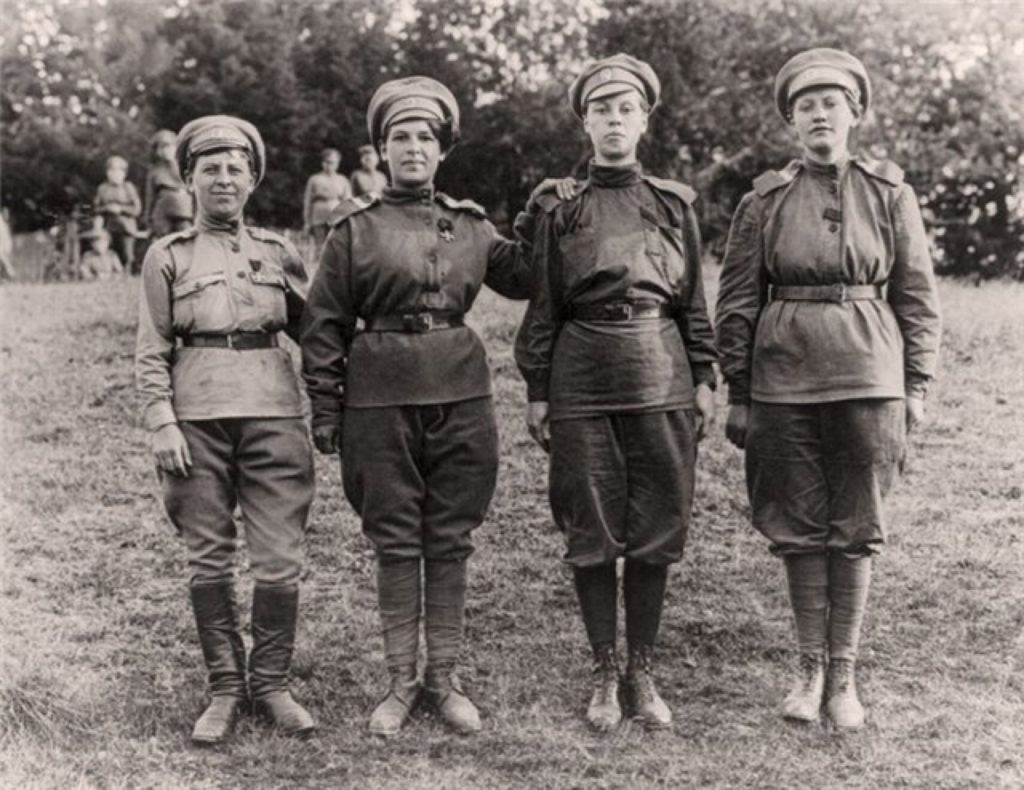
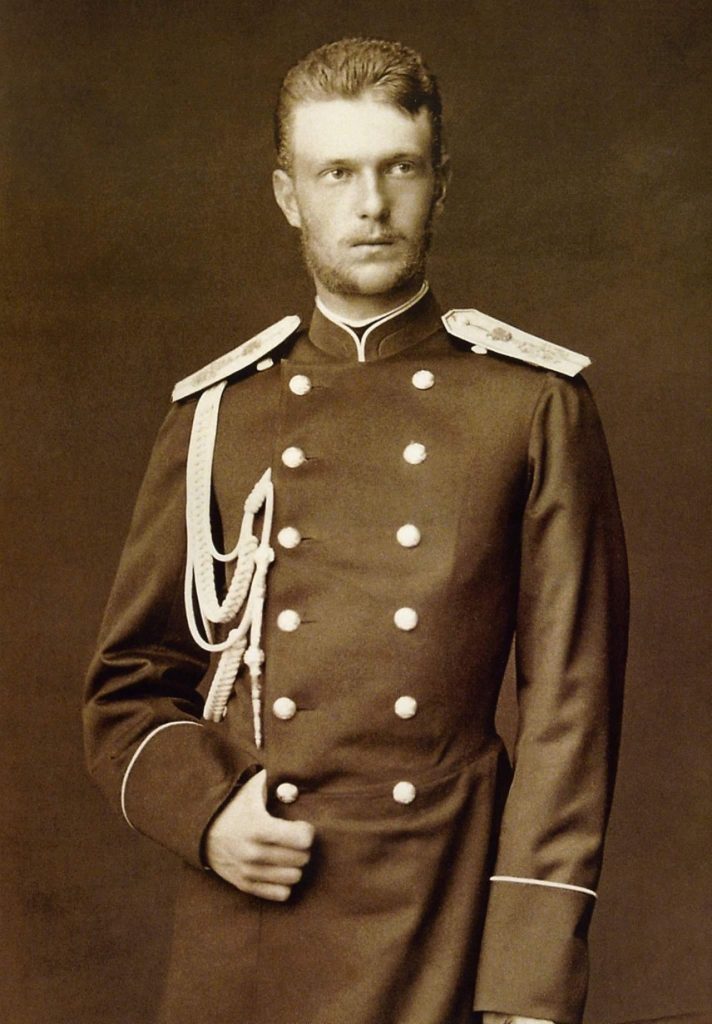
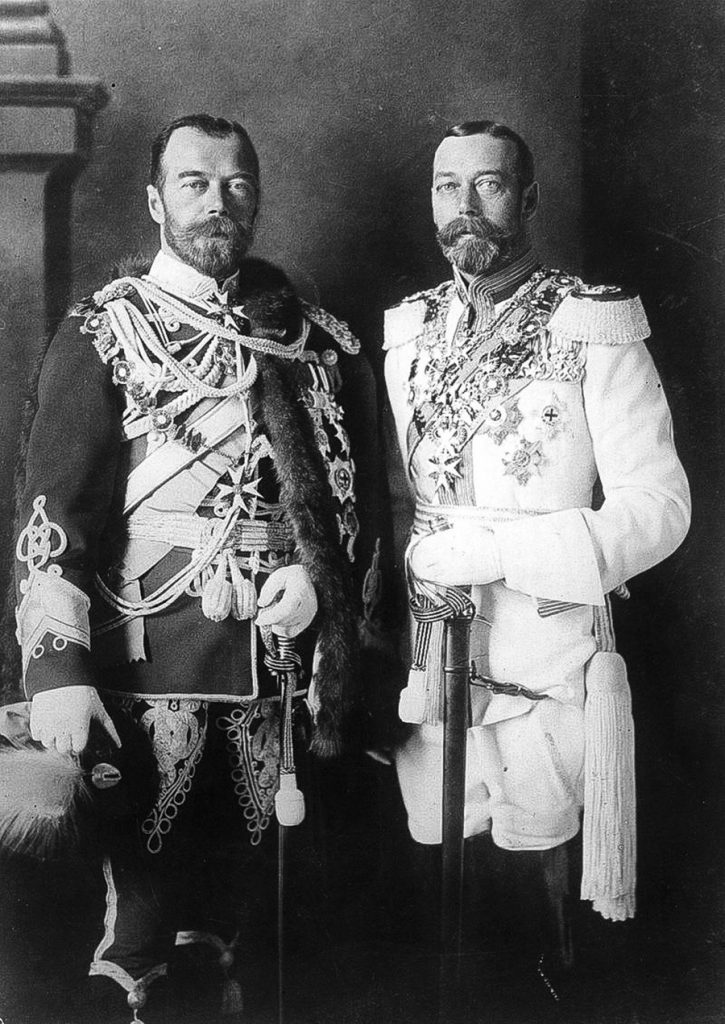
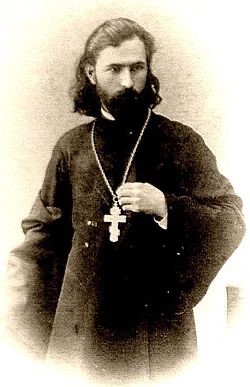
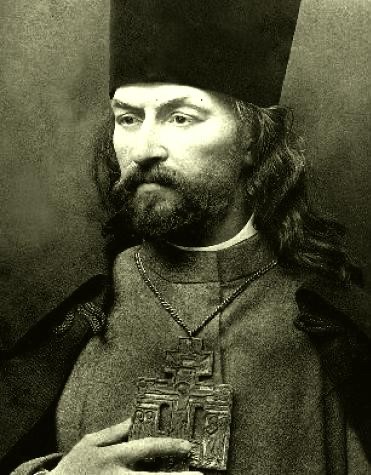
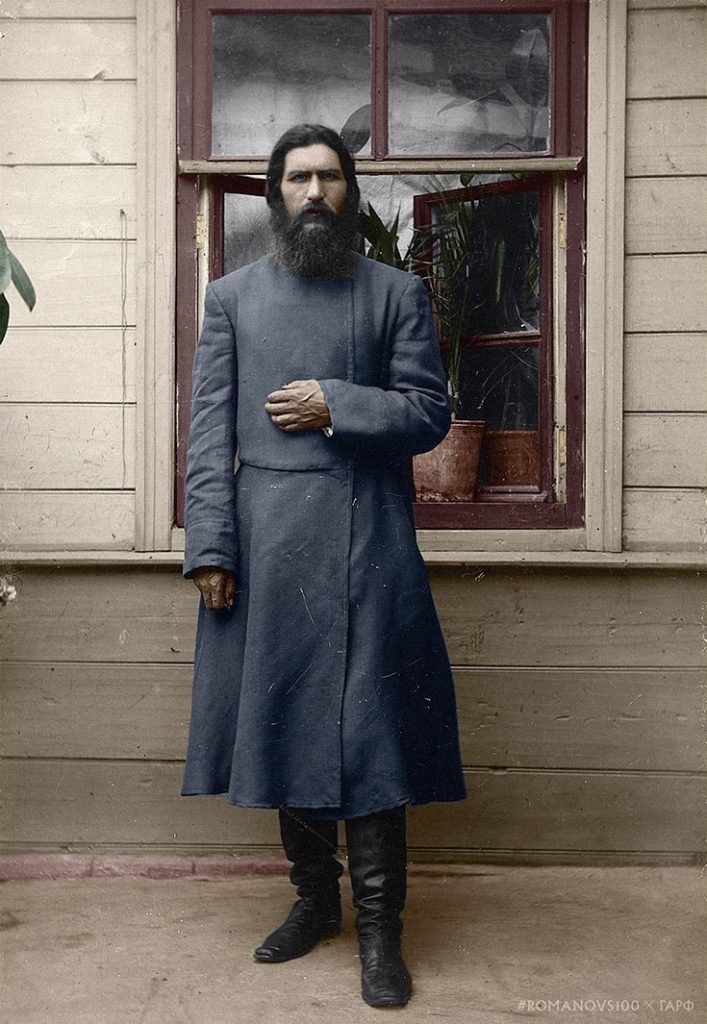
WEALTHY
All the rich characters acknowledge that the venue will be modest compared to what they’ve been used to, and they will dress accordingly. Nobody will wear their finest evening gown or their most valuable diamonds. Still, their outfits probably look luxurious to those who are not filthy rich.
Ladies:
The colors used were predominantly pastel. Intricately cut dresses would be decorated with low-key but elegant trimmings; they actually looked much more decorated than the apparel preferred by West European women of the period. The Russian fashion of the time marked a return to ancient motifs, and for example handmade flax lace was in high demand.
You can choose either the S-shape of the early 1900’s or go towards a softer silhouette if your character is very fashionable. The 1910’s opened with a softer silhouette than the decade before, which was dominated by the “S-shape.” While the contorted shape created by straight-fronted corsets had softened into a more natural silhouette, the style in the early years of the decade still had an emphasis on the bust that echoed styles of the previous decade. Skirts began to taper towards the bottom, and a completely new style, that of a revived empire waist, emerged as well.
An important development at the beginning of the decade was the rise of Orientalism. The Ballets Russes performed Schéhérazade in Paris in 1910, setting off the craze.
Gentlemen:
A three-piece suit with excessive accessories or, if more traditional, suit worn with a frock coat and a top hat. Evening wear was dominated by dark tailcoats, worn with a waistcoat and trousers. The less formal tuxedo was also an acceptable form of evening wear.
In the early 1910s, men’s fashion largely continued on from the previous decade. Lounge suits – three-piece suits much like business suits today – increased in popularity as a more casual alternative to the more formal suits of years previous. Trouser legs crept up to ankle length for a shorter look, often with the cuffs turned up. Collars were worn starched and high on the neck.
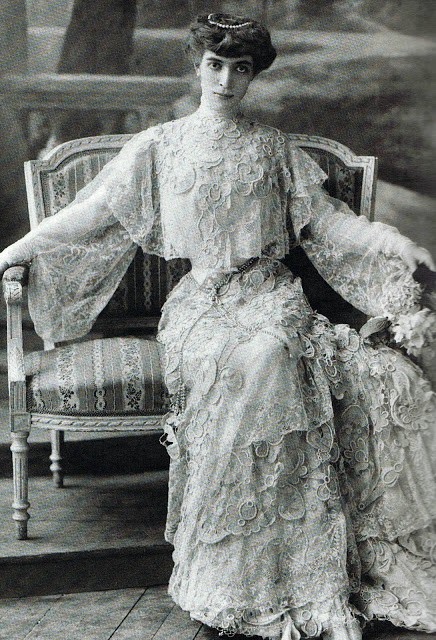
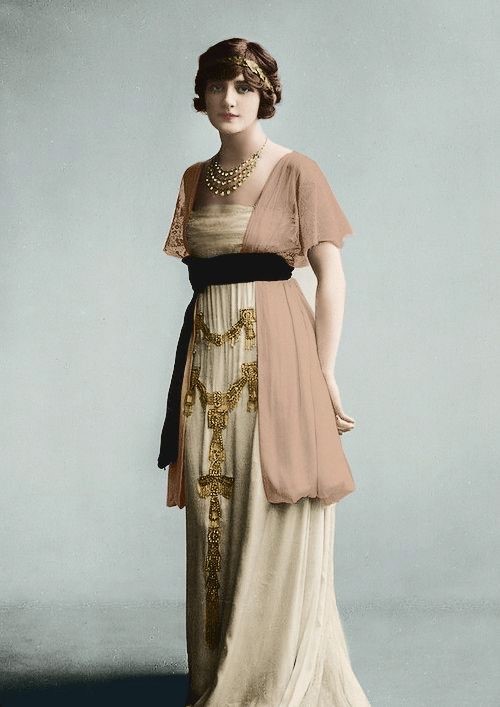
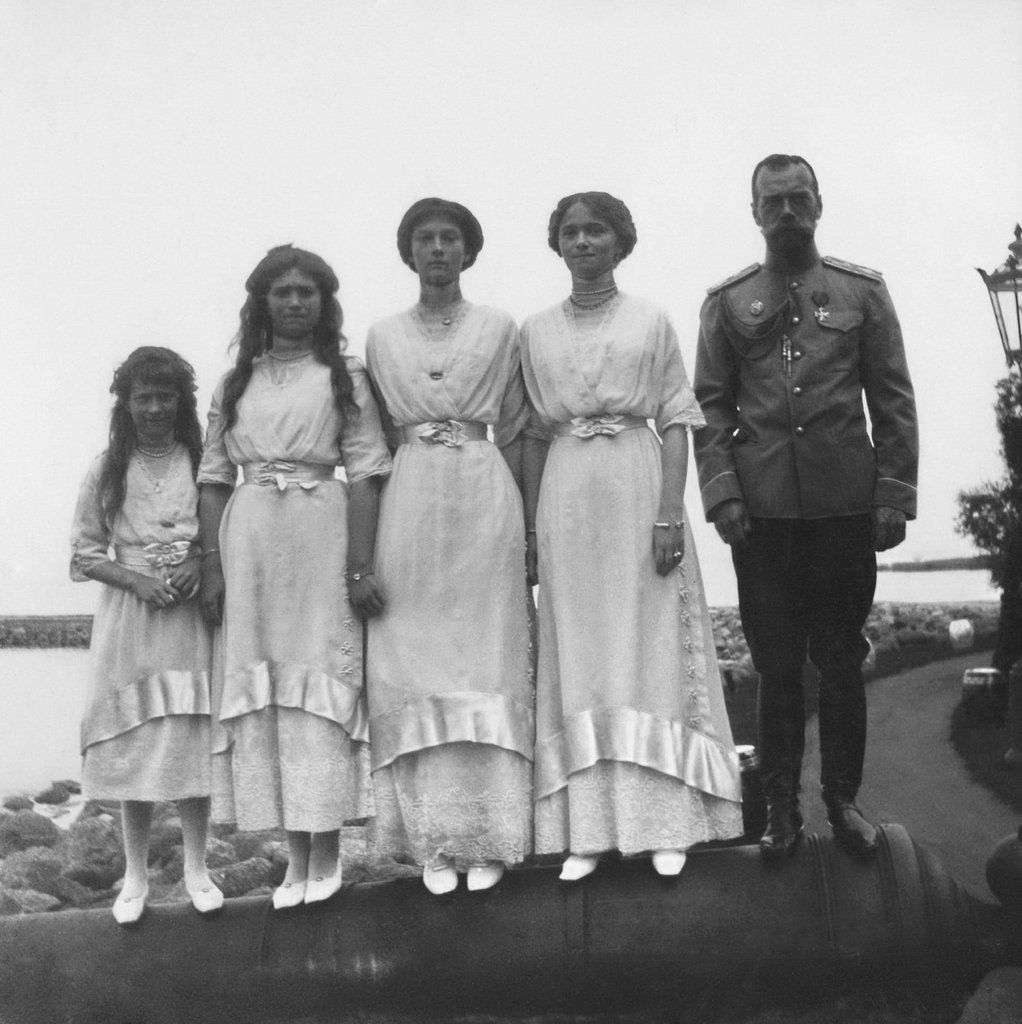
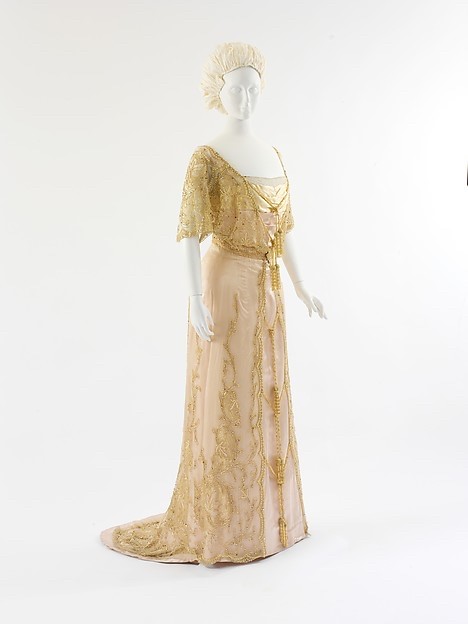
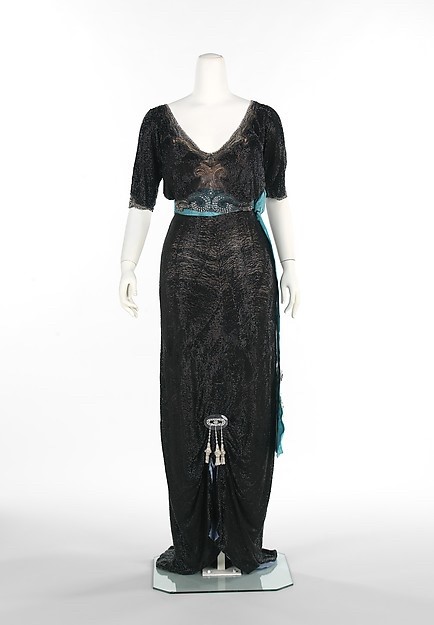
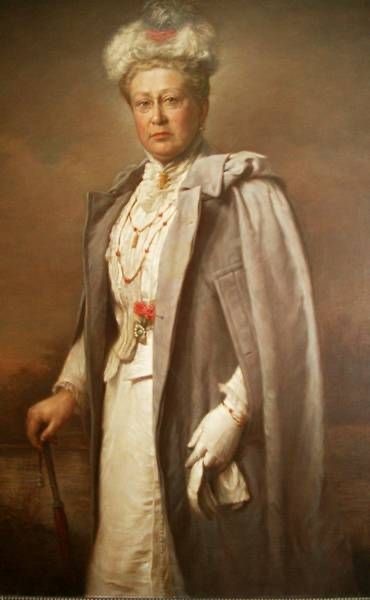
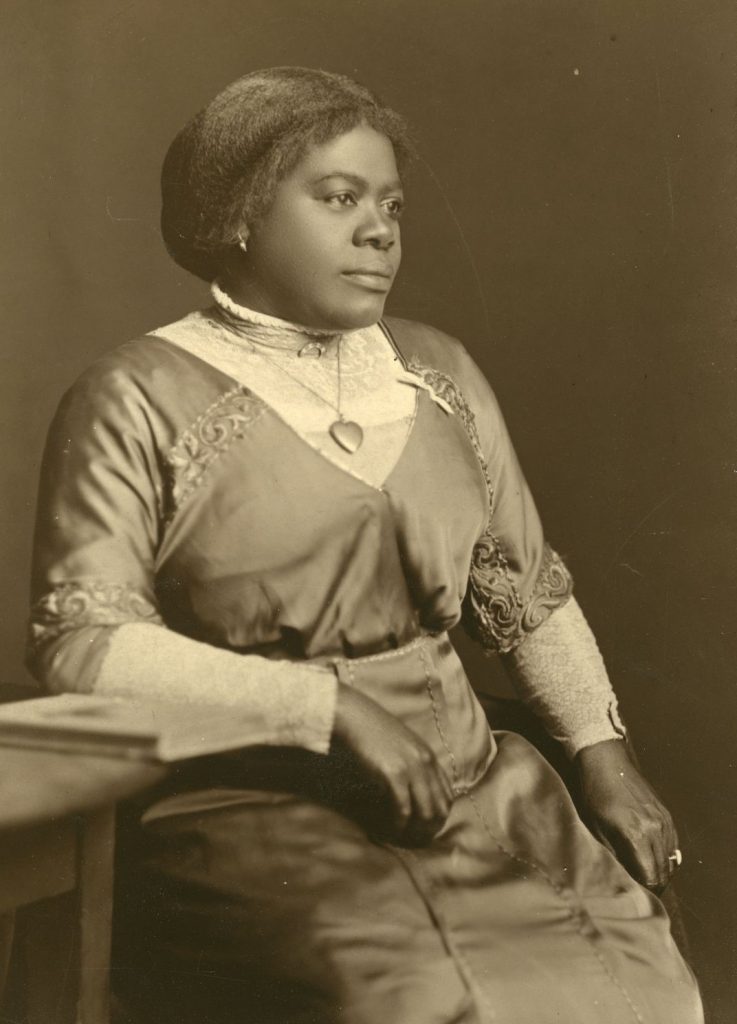
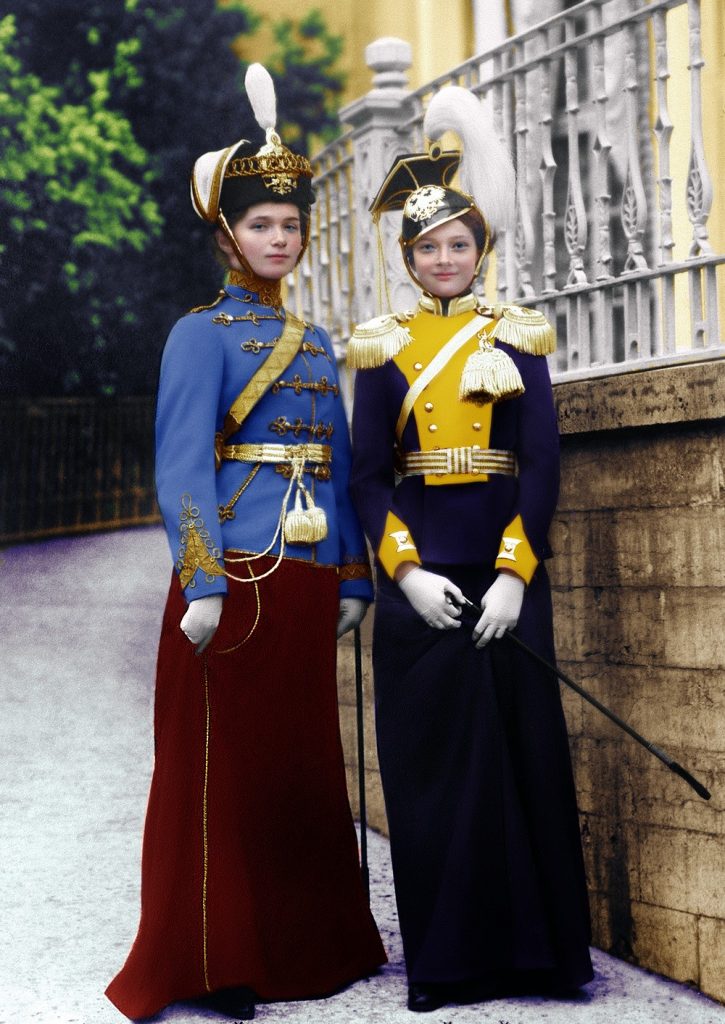
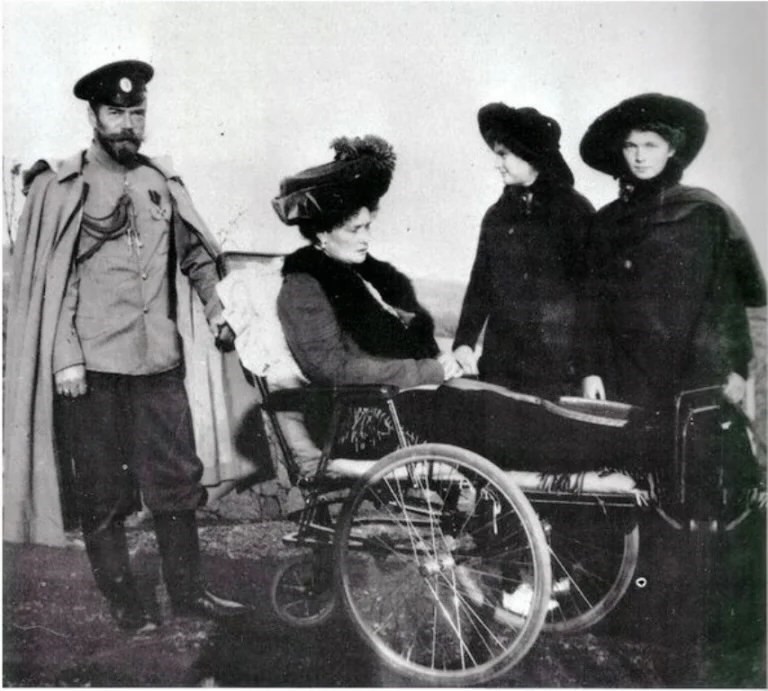
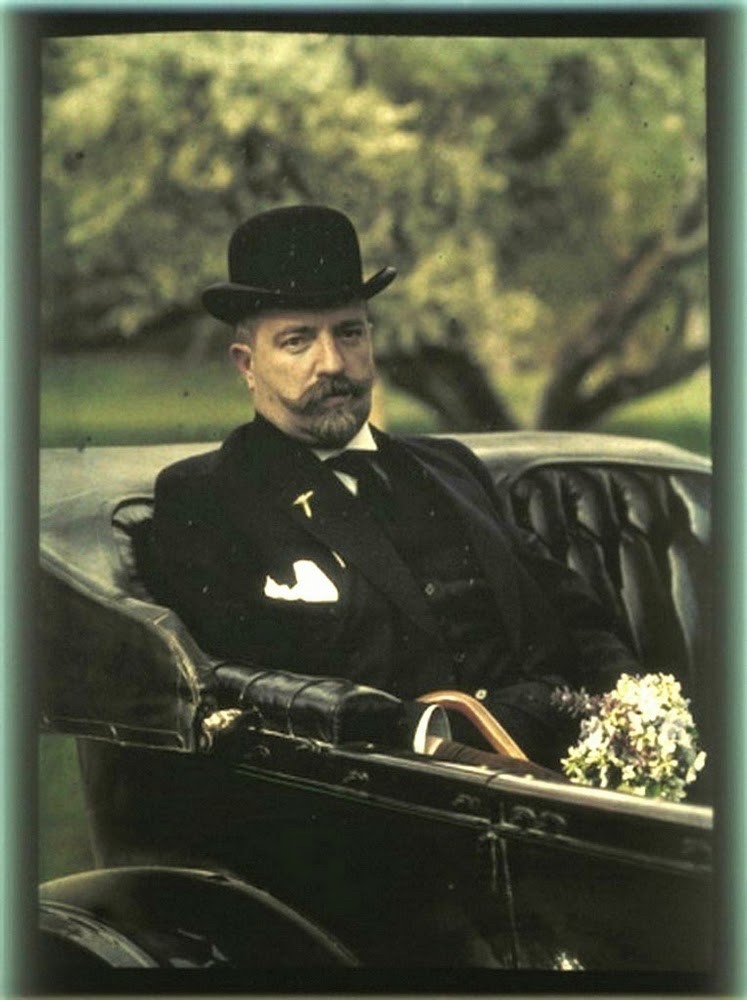
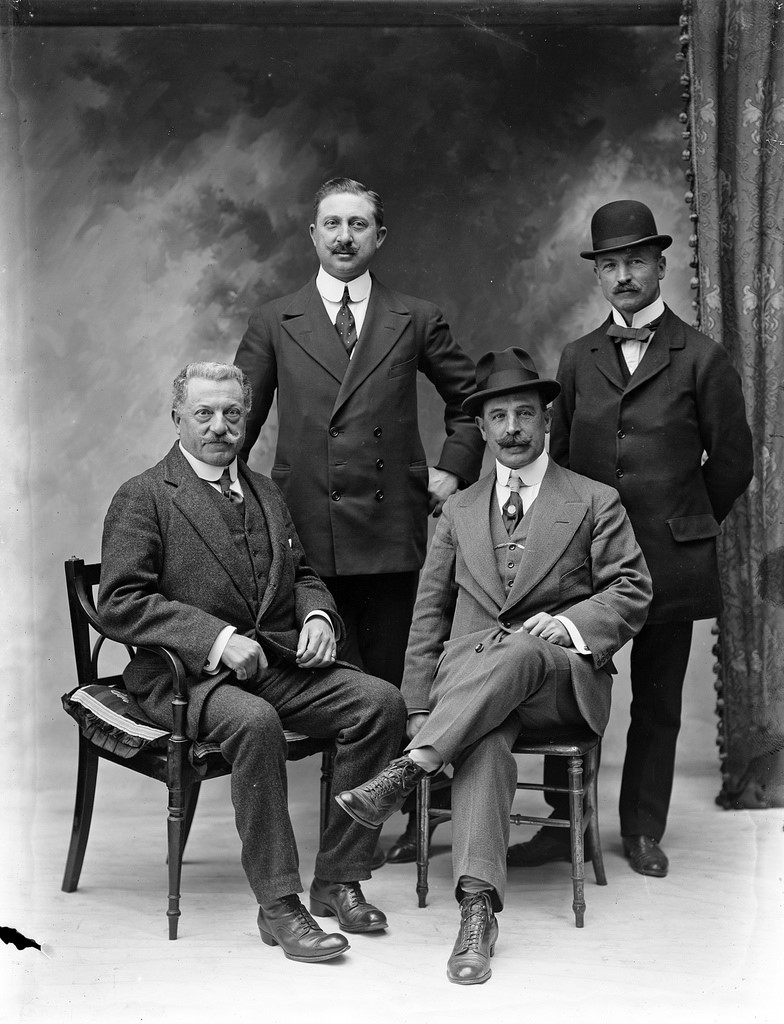
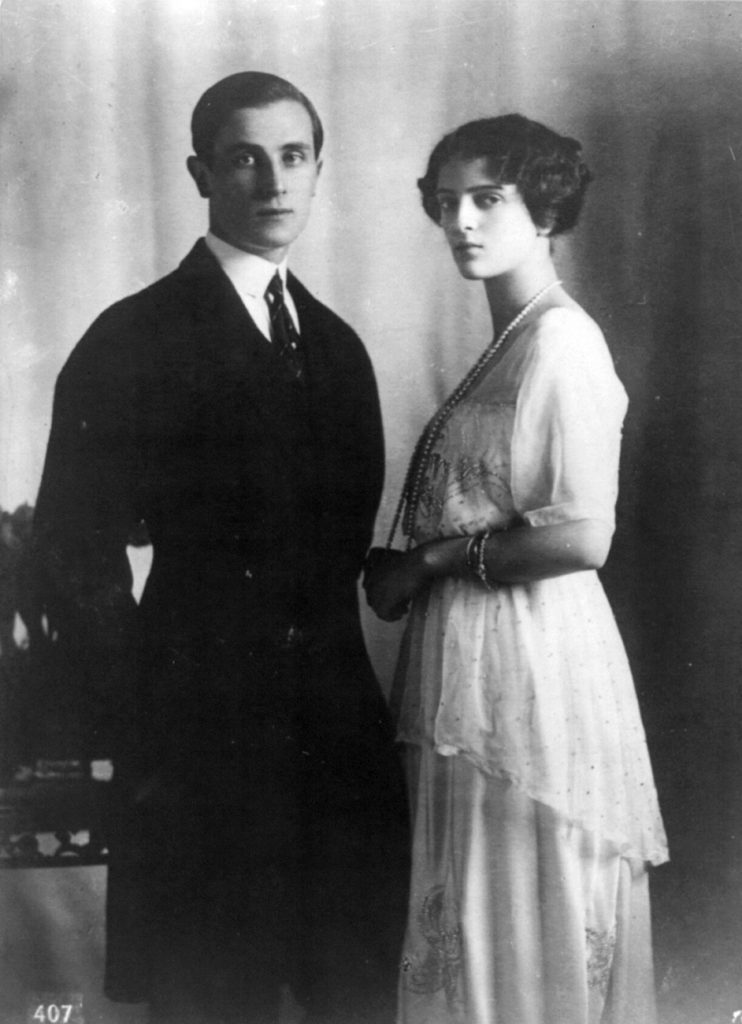
ARTISTS AND BOHEMES
Some artists and notorious bohemes are known for their ridiculously flamboyant dress sense. It is tolerated and while it is of course silly and uncalled for, it also makes a great show. Short hair and trousers on a woman, long hair or a dress on a man? Outfits ordered from the costume designer of Ballets Russes? Why not.
